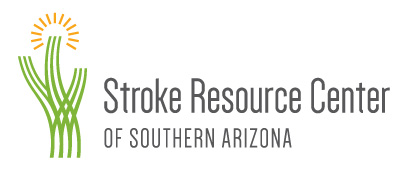The chances of having a stroke or TIA will be reduced if these risks are addressed. Talk about stroke risks with your health care provider!
High Blood Pressure (Hypertension)
High blood pressure is a major risk factor for stroke. Blood pressure is defined as the force of blood pushing against the walls of your arteries. This can weaken blood vessels and damage major organs such as the brain. Left untreated, high blood pressure can lead to stroke.
Atrial Fibrillation (AF)
Atrial fibrillation (AF) is caused when the two upper chambers of the heart (atria) beat rapidly and unpredictably, producing an irregular heartbeat and blood pooling in heart. When blood pools, it tends to form clots. These clots can then be carried to the brain, causing a stroke.
High Cholesterol
Cholesterol is a fatty substance that the human body makes on its own, but it also comes from fat in foods. High levels of cholesterol in the blood can clog arteries and cause a stroke.
Atherosclerosis
Atherosclerosis is the progressive buildup of fatty deposits, cholesterol and other cells in artery walls, creating plaque. Atherosclerosis can clog arteries and block the flow of blood to the brain or other parts of the body, making a person more at risk for a stroke or TIA.
Diabetes
In people with diabetes, the body either doesn’t produce enough insulin or the cells ignore the insulin. Without insulin, the body can’t shuttle the sugar from the blood to the cells. This leads to abnormally high sugar in the blood. People with diabetes are up to 4 times more likely to have a stroke than someone who does not have diabetes.
Obesity
Obesity ore even excess weight can put a strain on the entire circulatory system. Obesity also makes people more likely to have high cholesterol, high blood pressure and diabetes — all of which can increase risk for stroke. Adopting healthy eating habits and increasing physical activity can help reduce stroke risk.
Tobacco Use/Smoking
Among other things, smoking damages blood vessel walls, speeds up the clogging of arteries, raises blood pressure and makes the heart work harder. Smoking also doubles the risk of stroke.
Alcohol Use
Alcohol in large amounts has been shown to increase the risk for stroke.
There are also stroke risks that cannot be controlled, but knowing these risks can help us be aware of the risk.
Age
While a stroke can happen to anyone, the risk of stroke increases with age. After the age of 55, stroke risk doubles for every decade a person is alive.
Family history of stroke or TIA
If a family member has had a stroke, everyone in the family has a higher risk of stroke.
Gender
Women have more strokes each year than men, mainly because women live longer than men and stroke occurs more often at older ages.
Race
African Americans have twice the risk of stroke when compared to Caucasians. Hispanic and Asian/Pacific Islanders also have higher risk than Caucasians.
Previous stroke or TIA
Preventing a recurrent stroke or TIA from happening is critical. About 5 to 14 percent of the people who have a stroke will have another one. The highest chance for recurrence is within weeks of the first stroke or TIA, especially if risk factors are not controlled.
